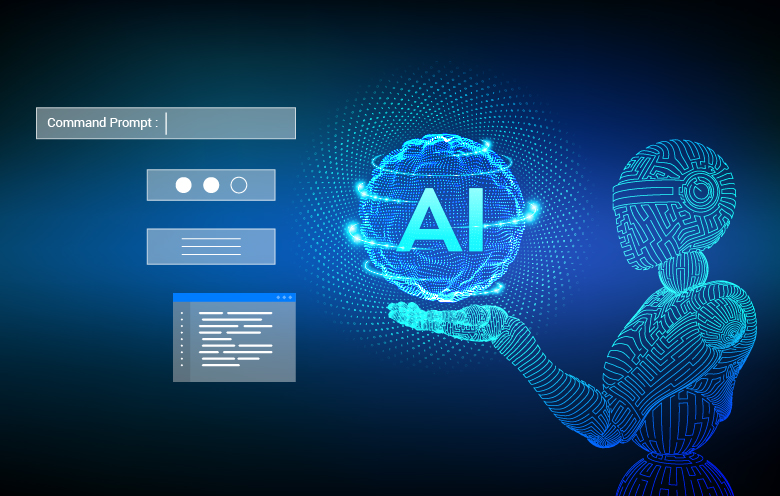
Exploring the Top Generative AI Models of 2024
By Udit Agarwal

In the rapidly evolving field of artificial intelligence (AI), generative models have garnered significant attention for their ability to create realistic and novel content, ranging from images and videos to text and music. These models are powered by deep learning algorithms that learn patterns from large datasets and generate new content based on learned features. As we navigate through 2024, let’s delve into some of the top generative AI models shaping the landscape of AI-driven creativity and innovation.
OpenAI’s DALL-E 2
Building upon the success of the original DALL-E, OpenAI introduced DALL-E 2 as an advanced generative model capable of creating high-quality images from textual descriptions. DALL-E 2 leverages transformer-based architectures and large-scale training datasets to generate visually compelling and contextually relevant images based on user prompts. This model benefits creative design, conceptual art, and visual storytelling applications.
Google’s CLIP
Contrastive Language-Image Pre-training (CLIP) by Google is a groundbreaking generative AI model that understands and connects images and text. CLIP is trained using a diverse range of images and corresponding textual descriptions. Enabling it to perform tasks such as image classification, image retrieval, and zero-shot learning. This versatile model has applications in content recommendation systems, visual search engines, and creative content generation.
Facebook’s SEER
SEER (Self-supervised) is an AI model developed by Facebook that excels in understanding and generating visual content. Thus, SEER is trained using a massive dataset of unlabeled images. Enabling it to learn complex visual representations without explicit human annotations. This model can generate diverse and contextually relevant images based on user inputs. Making it a valuable tool for content creation and image synthesis.
OpenAI’s Codex
OpenAI’s Codex is a revolutionary language model that combines natural language understanding with code generation capabilities. Codex can interpret human-written queries and generate code snippets in various programming languages. Making it a powerful tool for software development and automation tasks. This model has transformative implications for AI-assisted programming and creative applications that involve algorithmic design and implementation.
Also Read: 5 ways Blockchain is Impacting the Data Analytics Industry
EleutherAI’s GPT-4
GPT-4, developed by EleutherAI, represents the latest iteration of the Generative Pre-trained Transformer (GPT) series. This model excels in natural language understanding and generation, exhibiting improved coherence, context awareness, and creativity compared to its predecessors. However, GPT-4 is adept at generating human-like text across various domains, including storytelling, conversational AI, and content generation for social media.

NVIDIA’s GameGAN
Game Generative Adversarial Network (GameGAN) by NVIDIA is a pioneering AI model. That can learn and simulate video game environments without explicit programming. GameGAN is trained on existing video game footage and can generate new, interactive game environments with realistic graphics and physics. Moreover, this model has transformative implications for game design, virtual reality (VR), and interactive media production.
Future Outlook
As we look into 2024 and beyond, the field of generative AI is poised to witness further advancements and breakthroughs. Researchers and developers continue to push the boundaries of AI creativity, exploring novel architectures, training techniques, and applications. Thus, the top generative AI models highlighted here represent just a glimpse of the innovative technologies. Shaping the future of AI-driven content creation, artistic expression, and problem-solving.
In conclusion, moreover the top generative AI models of 2024 showcase AI’s remarkable progress. And potential in generating creative and intelligent outputs across diverse domains. These models demonstrate technical prowess and pave the way for new possibilities in AI-assisted creativity. Human-AI collaboration, and transformative applications across industries. Thus, we embrace the capabilities of generative AI, it is essential to leverage these technologies responsibly. And ethically to maximize their positive impact on society and innovation.